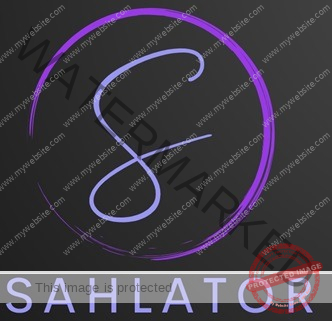Advanced Value at Risk (VaR) Calculation
Calculated VaR: N/A
Conditional VaR (CVaR): N/A
Expected Shortfall (ES): N/A
Standard Deviation: N/A
Skewness: N/A
Simulation Results: N/A
1. Value at Risk (VaR)
What it means: VaR tells you the maximum loss your portfolio could face over a given time period (e.g., 1 day) with a certain level of confidence (e.g., 95%).
Example: If the VaR is $50,000 at a 95% confidence level, it means there is a 95% chance that your portfolio will not lose more than $50,000 in one day.
What to look for: A higher VaR means more risk. If the VaR is a large percentage of your portfolio value, you might want to reduce risk.
2. Conditional Value at Risk (CVaR)
What it means: CVaR (also called Expected Shortfall) tells you the average loss you can expect if things go really bad (i.e., when losses exceed the VaR).
Example: If the CVaR is $70,000, it means that in the worst 5% of cases, the average loss is $70,000.
What to look for: If CVaR is much higher than VaR, it means that when things go wrong, they can go very wrong. This is a sign of “tail risk.”
3. Expected Shortfall (ES)
What it means: This is the same as CVaR. It’s the average loss in the worst-case scenarios (beyond the VaR threshold).
Example: If ES is $70,000, it means that in the worst 5% of cases, the average loss is $70,000.
What to look for: A high ES means the portfolio has significant downside risk.
4. Standard Deviation
What it means: Standard deviation measures how much the portfolio values vary from the average. A higher standard deviation means more volatility (ups and downs).
Example: If the standard deviation is $30,000, it means the portfolio values typically deviate by $30,000 from the average.
What to look for: A high standard deviation means the portfolio is more unpredictable. This could be good for high-risk, high-reward strategies, but bad for conservative investors.
5. Skewness
What it means: Skewness tells you whether the distribution of portfolio values is symmetrical or lopsided.
- Positive skewness: More chance of very high gains (right-tailed distribution).
- Negative skewness: More chance of very large losses (left-tailed distribution).
- Zero skewness: The distribution is symmetrical.
Example: If skewness is 0.15, it means the distribution is slightly skewed to the right, indicating a small chance of very high gains.
What to look for: Negative skewness is a warning sign because it means there’s a higher chance of large losses.
6. Simulation Results
What it means: This shows a preview of the first 10 simulated portfolio values. These are random outcomes generated by the simulation.
Example: If the results are $1,020,000, $990,000, $1,050,000, etc., it shows how the portfolio value might change over time.
What to look for: This gives you a sense of the range of possible outcomes.
7. Histogram (Chart)
What it means: The histogram shows the distribution of all the simulated portfolio values. It groups the values into ranges (bins) and shows how often each range occurs.
Example: If most of the bars are clustered around $1,000,000, it means the portfolio value is likely to stay close to the initial value. If there are long tails on either side, it means there’s a chance of very high gains or very large losses.
What to look for: A tall peak in the middle with short tails means low risk. A flatter distribution with long tails means higher risk.
8. Feedback
What it means: The feedback provides a plain-English summary of the results and what they imply for your portfolio.
Example: If the feedback says, “The VaR is relatively high, indicating significant risk,” it means your portfolio could lose a lot of money in a bad scenario.
What to look for: Use the feedback to decide whether you’re comfortable with the level of risk or if you need to make changes (e.g., diversify your portfolio, reduce leverage, etc.).
Putting It All Together
- If your VaR is high, your portfolio is risky.
- If your CVaR/ES is much higher than VaR, the worst-case scenarios are really bad.
- If your standard deviation is high, your portfolio is volatile.
- If your skewness is negative, there’s a higher chance of large losses.
- The histogram and feedback help you visualize and interpret these risks.
By understanding these results, you can make better decisions about managing your portfolio’s risk!
